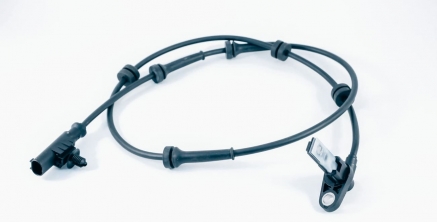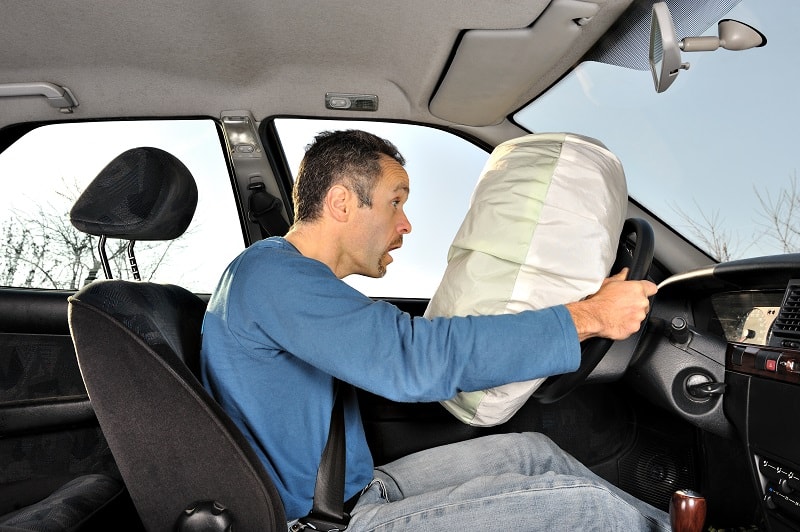
As of summer 2021, it was recorded that over 90% of the new cars sold in the UK featured an eCall system. This smart safety feature was made mandatory in the EU in March 2018 with the aim of reducing all road accident fatalities and injuries by 50% between 2020 and 2030 by reducing the time taken for the medical services to arrive after a vehicle crashes. A 2013 report for the UK Department for Transport determined that the emergency call system has the potential to prevent 99 serious injuries and 13 deaths every year on roads across the country.
So, what is eCall exactly?

The emergency call system is an automated service that contacts the local emergency services in the event of a crash. It sends information such as the precise GPS coordinates of the crash site, direction of travel, the time of the accident, and vehicle identification number. This will enable them to track the vehicle’s location more accurately. Some systems also inform them on whether the airbags have been deployed. The voice call feature also allows the driver or passengers to speak with a trained call operator.
This is what’s known as a passive safety system (e.g. safety belts, airbags, etc.), as its purpose is to mitigate the risk of life threatening injuries in the event of an accident. You can read more about the difference between active and passive car safety systems in this article.
How does the eCall system work?
The free call service is automatically activated when the vehicle’s sensors detect that a major crash has occurred. In the UK, both the national emergency number ‘999’ and the pan-European number ‘112’ can be called. Once a telephone connection has been established with the right call centre, the system forwards key information concerning the accident and vehicle involved. The operators are able to dispatch medical or other emergency assistance to your location.
The driver or passengers are also able to activate this service manually by pressing the eCall ‘SOS’ button. It is normally located on the car roof lining and is often a bright red colour. The button should only ever be pressed in real emergencies where the police or an ambulance or fire service is required. Certain vehicles also include a breakdown call button. In the event of a breakdown, pressing the ‘bCall’ button will connect you with the relevant breakdown service. You can change the settings manually so that it connects you to your current breakdown cover and roadside assistance provider.

Is this passive system effective?
In emergency cases, time is key. Many of the deaths and life-impacting injuries that have occurred as a result of road accidents could have been prevented if those injured had been located on time and rushed away to a hospital or medical centre. European research estimated that eCalls could help prevent around 2,500 road fatalities a year, saving EU states 26 billion euros. Moreover, the safety system is thereby designed to reduce the severity of any injuries incurred.
However, not all accidents will activate a call. It is therefore advisable not to wait if you have a serious accident and the system doesn’t seem to have activated automatically. On the other side of the system’s limitations, it is also possible to activate the system by accident. Some drivers aren’t aware of what the eCall ‘SOS’ button in their car does or means, and so they press it to test it. Some people have concerns about their vehicle being tracked under normal circumstances. They can be reassured that the tracking is only active when an accident is detected and is not able to constantly monitor the driver.








Comment